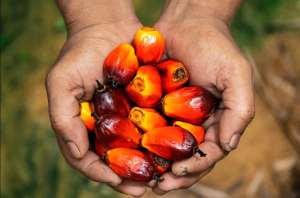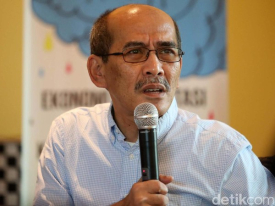Foreign and outside labor role in poverty over society around nickel mines and smelter
Foreign workers make up the majority of workforce in nickel mining and smelter areas in Indonesia, bringing an illusion of welfare for Indonesia from nickel downstream projects.
The problem of multidimensional poverty continues to haunt various nickel-producing provinces. At the same time, the government claims that nickel mining and its downstream production increases GDP and GRDP, which means eradicating poverty from the area.
However, misery actually befalls the people around the mines and smelters which are polluted due to mining and smelter activities. Starting from water quality, evictions, health, deaths, land conversion, and the entry of workers from outside the region and foreigners to work in mines and smelters.
The open unemployment rate in the seven nickel-producing provinces rose amid a decline in the national unemployment rate. The unemployment rate in Southeast Sulawesi as of February 2023 increased from 3.36% to 3.66% in August 2022.
Meanwhile, in Central Sulawesi, the unemployment rate moved from 3% to 3.49%. In addition, in South Sulawesi it rose from 4.51% to 5.26%. Meanwhile, North Maluku scored an increase in numbers from 3.98% to 4.6%.
Multidimensional poverty caused by labor issues and environmental damage
Novita Indri, Campaigner for Trend Asia, said that this multidimensional poverty shows that the trickle down effect does not occur. There is structural damage whose solution is not as simple as downstreaming or building a university in that location.
"The government needs to see the root of this multidimensional poverty problem is massive environmental damage due to various nickel mining and processing activities," he said.
For example, Southeast Sulawesi and North Maluku which were agricultural and maritime barns turned into mining barns. The conversion of land functions on a large scale has an impact on the community's economy. This mining activity causes great damage and incalculable pollution, right down to the sea.
"It's not only farmers who have lost their cultivated land, but also fishermen who have lost their source of livelihood due to the damage to the marine ecosystem. They cannot be directly absorbed as workers in industries that rely on this capital," he said.
Meanwhile, Andry Satrio Nugroho, Head of the INDEF Center for Industry, Trade and Investment, said that downstream actually creates unemployment around the smelter because the majority of workers come from outside the region, even from outside the province and abroad.
"The workforce needed comes from certain majors which are generally only owned by universities in Java," he said.
So far there are no clear guidelines regarding quality investment in the nickel sector so as not to damage the environment. This is because nickel reserves are expected to run out within the next 13-15 years.
Currently, the Ministry of Industry said, there are already 34 operating smelters and 17 smelters which are under construction worth US$ 11 billion (IDR 165 trillion) for pyrometallurgy, and US$ 2.8 billion (IDR 4 trillion) for hydrometallurgy.
Meanwhile, the Ministry of Energy and Mineral Resources said that there are 111 nickel processing smelter units that will operate in Indonesia. Nine of them have Mining Business Permits (IUP), while 102 others are only Industrial Business Permits (IUI) without IUP.
Already have an account? Sign In
-
Start reading
Freemium
-
Monthly Subscription
20% OFF$29.75
$37.19/MonthCancel anytime
This offer is open to all new subscribers!
Subscribe now -
Yearly Subscription
33% OFF$228.13
$340.5/YearCancel anytime
This offer is open to all new subscribers!
Subscribe now







